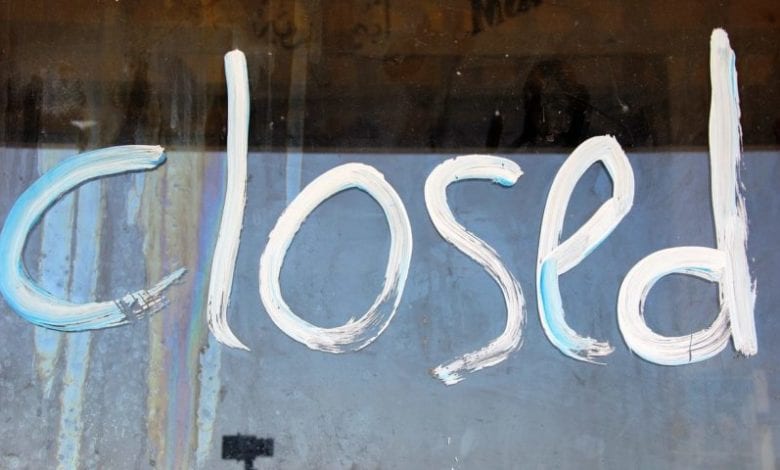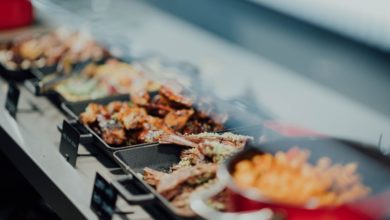Restaurants
Restaurant insolvencies reach highest level in eight years

The number of restaurant businesses going bust has reached its highest level since 2010, jumping sharply in the first three quarters of 2018, according to data by accountancy firm Price Bailey.
You'll need to
subscribe to unlock this content. Already subscribed? Login?










